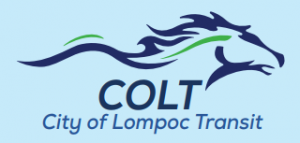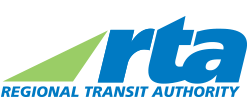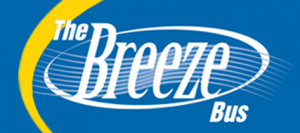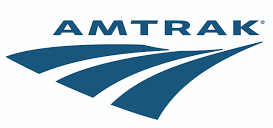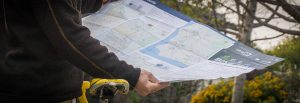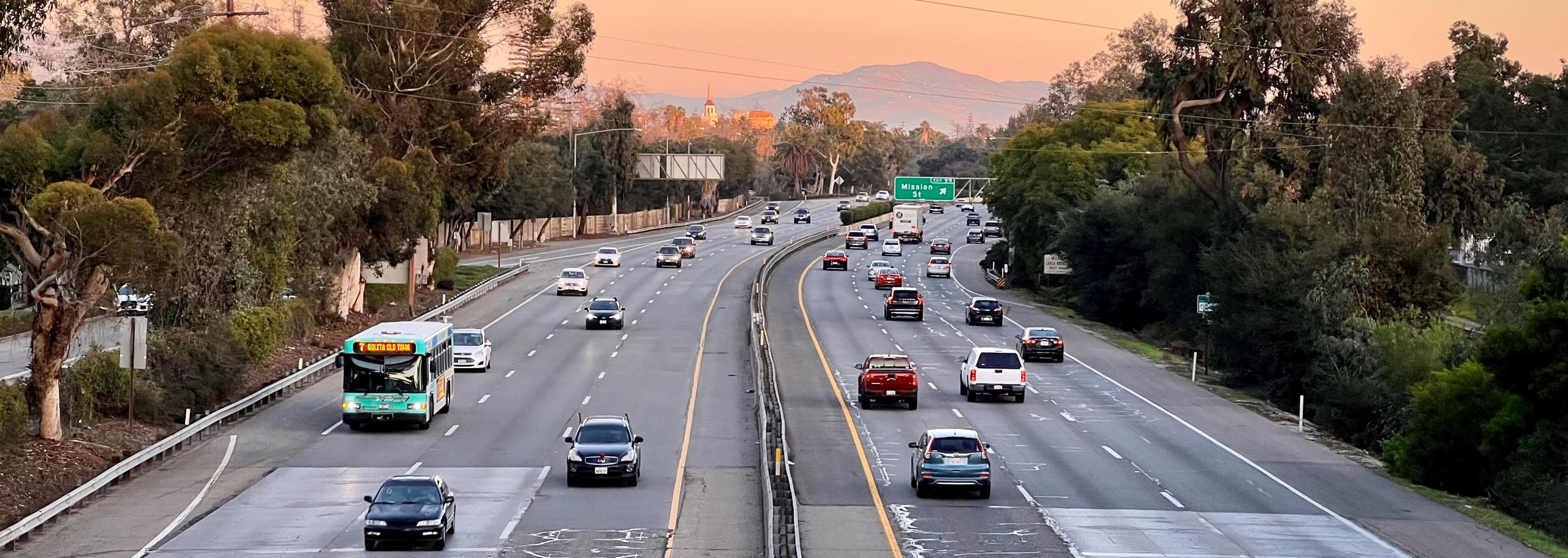
Mobile Sources
Mobile sources account for more than 70 percent of the emissions that lead to the formation of ozone in Santa Barbara County. Mobile sources also account for 38 percent of greenhouse gas (GHG) emissions in California. Mobile sources are divided into two categories: On-Road Motor Vehicles and Other Mobile Sources.
- On-Road Motor Vehicles consist of passenger cars, motorcycles, trucks, and buses.
- Other Mobile Sources consist of ships, planes, trains, and off-road equipment.
Mobile sources emit multiple air pollutants including particulate matter, carbon monoxide, and nitrogen oxides (NOx). In the presence of sunlight and heat, NOx reacts chemically with VOCs (volatile organic compounds) to form ground-level ozone, the primary pollutant that makes up smog. Learn more about smog and other mobile source pollutants on our Air Pollutants and Health and Climate Change webpages, or by visiting the EPA’s mobile source pollution webpage.
Regulation and Planning
Since mobile sources affect air quality across jurisdictional boundaries, planning for clean air occurs at all levels of government. Here are some of those planning efforts at the federal, state, and local levels:
Federal: The U.S. Department Of Energy is working on numerous clean energy advancements that will reduce emissions from mobile sources, including the funding of research on alternative fuel vehicles and the Bipartisan Infrastructure Law, which includes efforts to research electric vehicle battery recycling and reuse technologies.
State: The California Air Resources Board (CARB) is primarily responsible for regulating mobile sources and keeping an inventory of their emissions. Learn more about CARB’s mobile source strategy here.
Local: As a local air district, it is our job to assist in carrying out the goals, rules, and regulations set by federal, state, and local agencies. Expand the tabs below for information on the District’s role in mobile source regulation and planning:
The California Environmental Quality Act (CEQA) requires state and local agencies to identify and reduce the environmental impacts of land-use decisions. The emissions impacts of mobile sources are evaluated as part of the CEQA process. Learn more about the District’s role in land-use decision-making on our CEQA webpage.
The Plug-In Electric Vehicle (PEV) Readiness Plan was prepared for the California Central Coast in order to guide the development of PEV charging infrastructure for the tri-counties area. Visit our Plug-In Central Coast webpage for more information.
In efforts to reduce California’s dependence on petroleum transportation fuels, the District collaborated with the Ventura County Air Pollution Control District, the San Luis Obispo County Air Pollution Control District, and other organizations to develop the Tri–Counties Hydrogen Readiness Plan, which will expand the reach of hydrogen infrastructure beyond the main urban centers of California. Visit our Hydrogen Fuel Cell Vehicles webpage for more information.
The District regularly prepares and updates air quality plans to meet state and national ambient air quality standards. These plans provide an overview of our air quality, sources of air pollution, and identify control measures needed to meet the standards. They also influence a range of activities such as the development of our rules and regulations, transportation planning, and the allocation of funds for air-quality projects. The District regularly prepares and updates air quality plans in an effort to meet state and national ambient air quality standards. These plans provide an overview of our air quality, sources of air pollution, and identify control measures needed to meet the standards. All information about these planning efforts can be found on our Air Quality Planning webpage
Mobile Source Grants & Incentives Programs
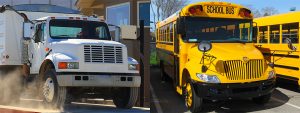 Clean Air Grants: The District’s Clean Air Grants program provides funds to benefit public health by cost-effectively replacing old, polluting equipment with newer, cleaner equipment. Current programs include grant funding for on-road trucks and buses, off-road equipment, agricultural engines, marine vessels, school buses, landscape equipment, and electric vehicle charging infrastructure.
Clean Air Grants: The District’s Clean Air Grants program provides funds to benefit public health by cost-effectively replacing old, polluting equipment with newer, cleaner equipment. Current programs include grant funding for on-road trucks and buses, off-road equipment, agricultural engines, marine vessels, school buses, landscape equipment, and electric vehicle charging infrastructure.
 VSR program: The Vessel Speed Reduction incentive program is a voluntary program where the District and its partners ask the vessel operators to slow down to a speed of 10 knots or less, which reduces air pollution, fatal strikes on endangered whales, and ocean noise.
VSR program: The Vessel Speed Reduction incentive program is a voluntary program where the District and its partners ask the vessel operators to slow down to a speed of 10 knots or less, which reduces air pollution, fatal strikes on endangered whales, and ocean noise.
 Old Car Buy Back: The District’s Old Car Buyback program is designed to take older vehicles off the road. The District will pay vehicle owners $1000 to voluntarily retire and older vehicle meeting program requirements.
Old Car Buy Back: The District’s Old Car Buyback program is designed to take older vehicles off the road. The District will pay vehicle owners $1000 to voluntarily retire and older vehicle meeting program requirements.
Landscape Equipment Electrification Fund (LEEF): The LEEF program is designed to help landscape businesses and other public and private agencies to adopt zero-emission landscape equipment. The program will offer vouchers to landscape businesses as well as public agencies and schools that perform their own landscape maintenance services.
APCD in the Community
The District participates in committees and coalitions that work toward zero-emission transportation on the Central Coast. Click the links below to learn more about these efforts.
Central Coast Clean Cities Coalition (C5) is a group of local stakeholders whose mission is to expand the use of alternative fuel vehicles (AFVs) and fueling infrastructure throughout the Central Coast. C5 is best described as a clearinghouse for people to get together and learn more about AFVs (e.g., what is available, how to purchase AFVs, and where to fuel them).

Central Coast Zero Emission Vehicle Strategy (CCZEVS) will become a resource to accelerate the adoption of zero-emission vehicles (ZEV’s), such as electric and hydrogen fuel cell vehicles. The CCZEVS will identify gaps and opportunities to implement ZEV infrastructure along California’s Central Coast, including on or near the State Highway System, major freight corridors, and transit hubs.

Electric Drive 805 is a coalition dedicated to achieving a rapid, equitable transition to plug-in electric vehicles. They lead local action to increase access to today’s cleaner, more efficient electric vehicles.
Safe Routes to School is a state-led program designed to decrease traffic and pollution and improve the health of children and the community by encouraging walking and biking to school. The District is a partner in local Santa Barbara County efforts, which are led by MOVE Santa Barbara County.
Zero-Emission Vehicles
Over the past few years, zero– emission vehicle technology has accelerated, particularly with electric vehicles (EVs). In addition, California recently adopted the Advanced Clean Cars II rule which mandates that by 2035, all new passenger cars, trucks, and SUVs sold in the state will be zero-emissions. Learn more about current projects and programs to reduce dependence on fossil fuel-powered vehicles by visiting the Central Coast Clean Cities Coalition (C5) webpage.
Considering driving an EV? Visit electricforall.org for resources in both English and Spanish.
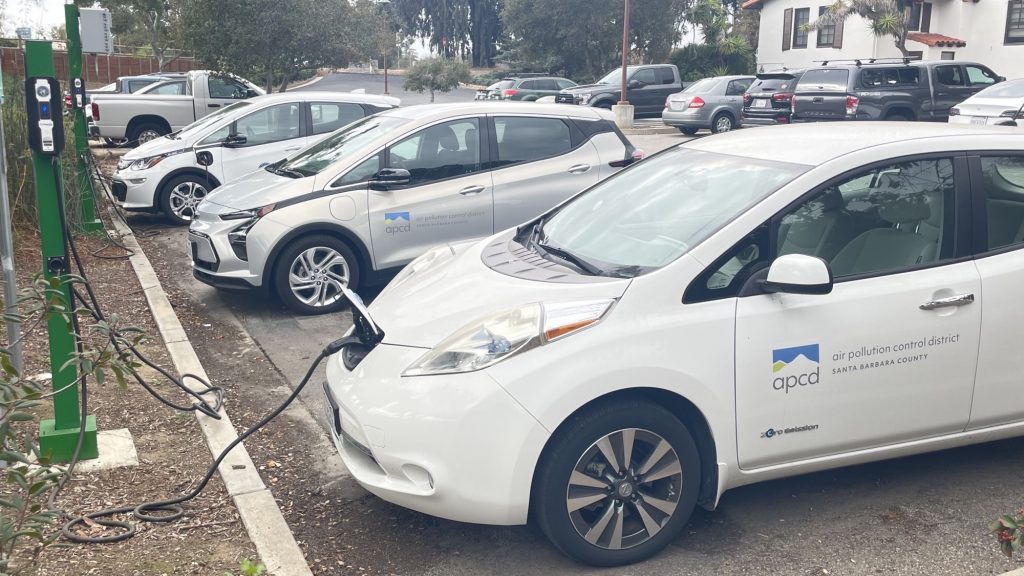
Above: The District maintains a small fleet of electric and hybrid vehicles for staff use.
For more information about mobile sources, please contact District Planning Staff at planning@sbcapcd.org.





